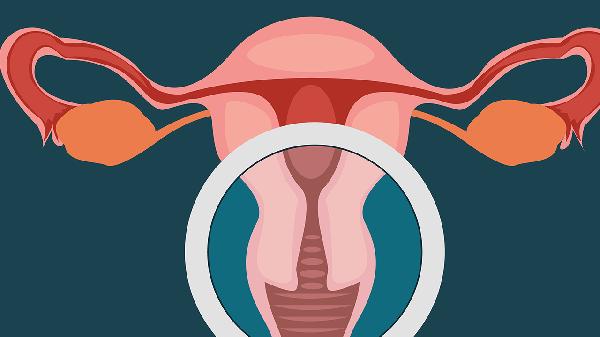The amount of amniotic fluid is closely related to the health of the expectant mother. We can assess the health of the expectant mother by observing the quantity of amniotic fluid through ultrasound. Amniotic fluid refers to the liquid within the amniotic cavity of the uterus during pregnancy. Medically, it is defined that any moment during pregnancy, if the amniotic fluid exceeds 2000ml, it is termed polyhydramnios.

In cases of polyhydramnios, the fetus is not necessarily deformed; however, fetal deformities can cause an excessive amount of amniotic fluid. There are many factors that can lead to polyhydramnios, as detailed below:
1. Fetal deformities leading to polyhydramnios. Due to disease, even though the fetal kidneys continuously produce urine, the fetus may no longer be able to swallow the amniotic fluid. Causes of difficulty in swallowing by the fetus may include pyloric stenosis, cleft lip, cleft palate, or some form of gastrointestinal obstruction. Some neurological disorders can also hinder fetal swallowing, such as neural tube defects or hydrocephalus.
2. Gestational diabetes is prone to cause polyhydramnios. Among pregnant women with diabetes, about 10% are diagnosed with polyhydramnios, usually in the late stages of pregnancy.
3. The incidence of polyhydramnios in multiple pregnancies is about 10 times that in singleton pregnancies. Pathological changes in the placenta and umbilical cord can also lead to polyhydramnios.
4. Severe anemia caused by hypertensive disorders of pregnancy can also result in polyhydramnios. Polyhydramnios can also be a sign of severe anemia in the fetus due to RH blood type incompatibility or infection with conditions like erythema infectiosum.
5. Some cases of polyhydramnios have no identifiable cause and are referred to as "idiopathic polyhydramnios."
Significant polyhydramnios is often accompanied by fetal deformities, with the most common structural deformities primarily involving the nervous and digestive systems. Therefore, when polyhydramnios is detected, the first consideration should be to rule out whether the fetus has any deformities, and then to look for other causes that might be leading to the polyhydramnios.























